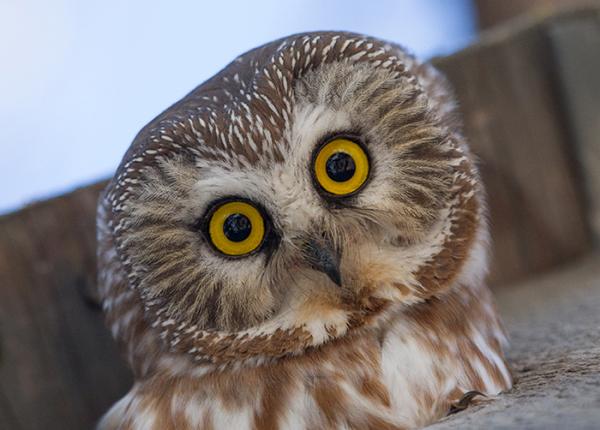
Swung by Shaver’s Creek on my way to vaccine number 2. I was largely there by myself so I got to talk to the worker for about an hour about all their animals. They’ve got amazing huge and well built aviaries that make me jealous, but they still don’t make for good photos, but I tried my best.
Starting with the Shortie, I wasn’t even aware they had one. He is pretty new. His pen was mostly blocked by a tarp to give extra privacy while he adjusts to public life. I didn’t even know it was in there and I skipped it, as I thought it was under construction or it was dear departed Pip’s enclosure. The worker pointed it out to me thankfully!
They’re pretty uncommon here, and the only one I’ve seen was one in a museum, stuffed. It was much smaller than my brain was picturing, which is all my fault. My love for them made them larger than life. It reminded me of a more potato shaped football (the American football).
He lost his eye from an injury and he lives here now.
They don’t do any rehab here anymore, so they are just an education center. The upside for them is they get to handle all the animals and be more friendly with them than I do as a rehab volunteer. She showed me pics of their GHO sitting on her lap and she said they take their fancy crane out for daily walks.


Nice owl. Shorties are so great. ❤️
I was concerned that you got bit or something when I read you were getting a shot. I have had an irrational (rational?) fear of rabies since I saw Old Yeller as a child. I went through your post history 😅 to see it’s just preventative so you can work with rabies vectors. Stay safe!
Nothing beats that impeccable eye shadowing. Seeing it smaller than I expected makes it seem a little less tough in the photos where they’re fighting with the harriers, but it gained a bump in cuteness.
Looking at stats, it’s amazing how rare rabies transmission to human is. Many states have zero annual cases. It’s largely because such caution is taken. We’re not supposed to touch any of the RVS species that have high rabies potential without being vaccinated ahead of time. If we do have physical contact with them, the animal is legally supposed to be put down and tested for rabies, even if it shows no signs of disease, so we’re always kept physically separated. We also have special designated gear and PPE for use with them and a different color glove is used.
CDC keeps stats by county if you want to see how active it is in your area. It shows number of cases and animal type.
Thanks for the link. Not the highest number of cases in my county, but up there. I think most of the cases are from when a bat gets in someone’s home. I hear about it occasionally in the local news.
It sounds like bats are dangerous since people don’t usually think of them as a rabies carrier.
I feel shortchanged on rabies trivia by the article grouping opossums (which are resistant to rabies due to low body temperature) and squirrels (which are resistant to rabies due to dying easily when bitten by a larger animal, and most animals are larger than them).
I’d choose the oppossum’s defense mechanism over that of the squirrel if I had to choose. 😁